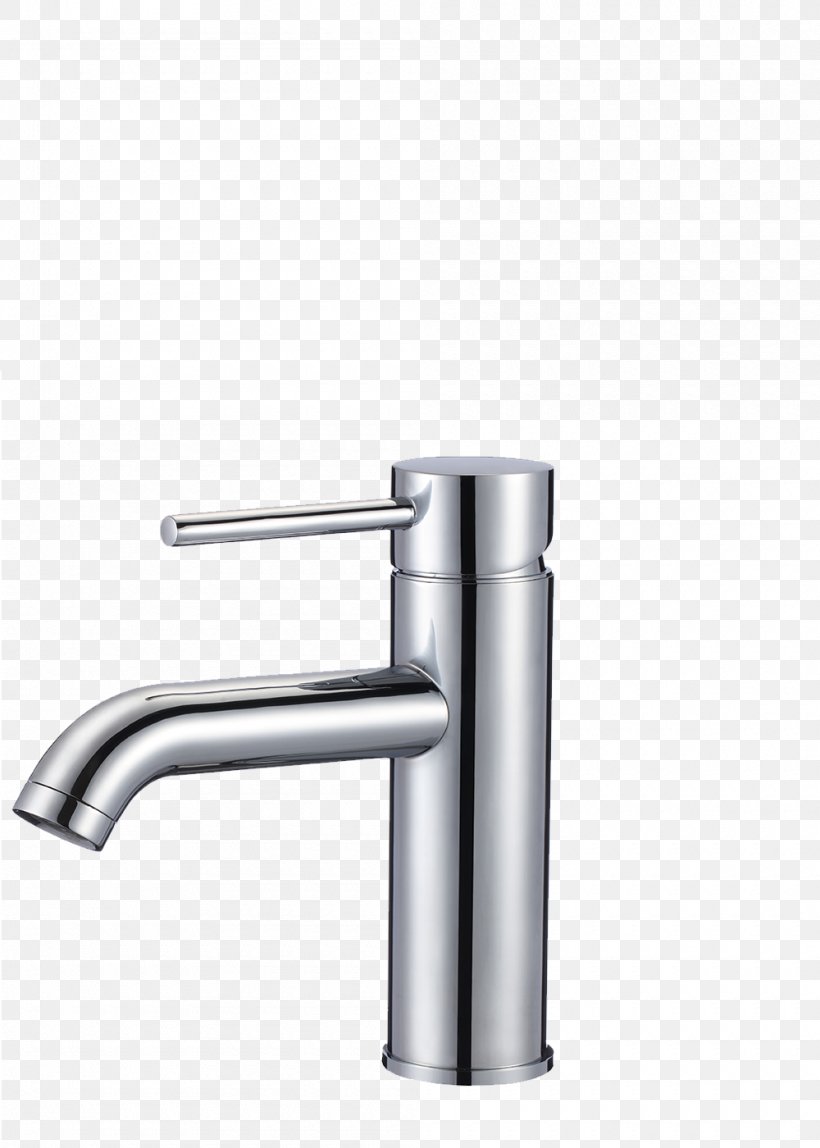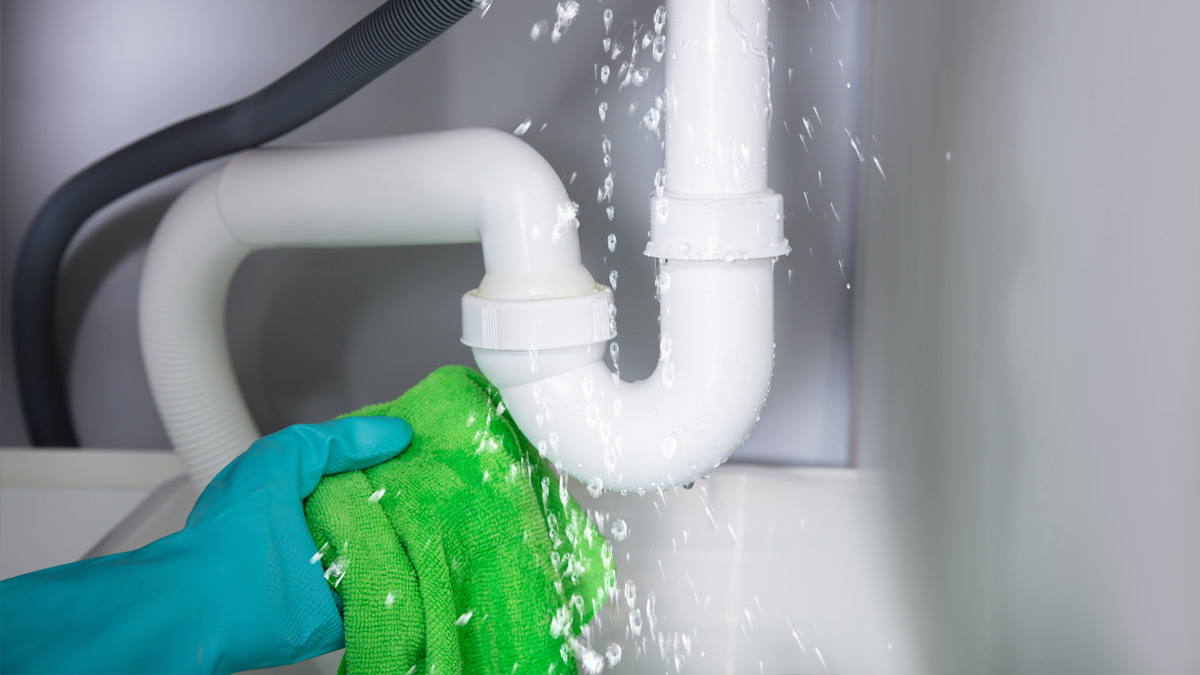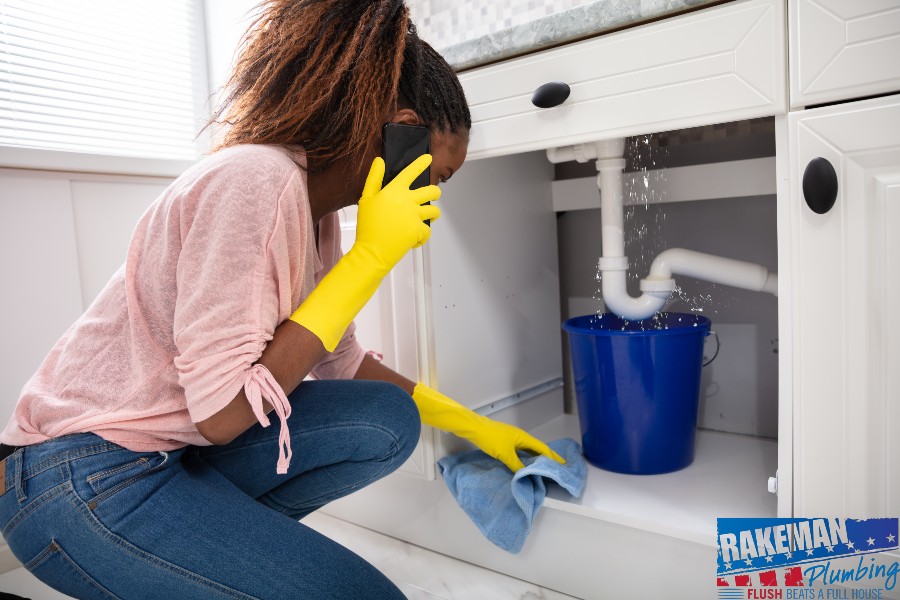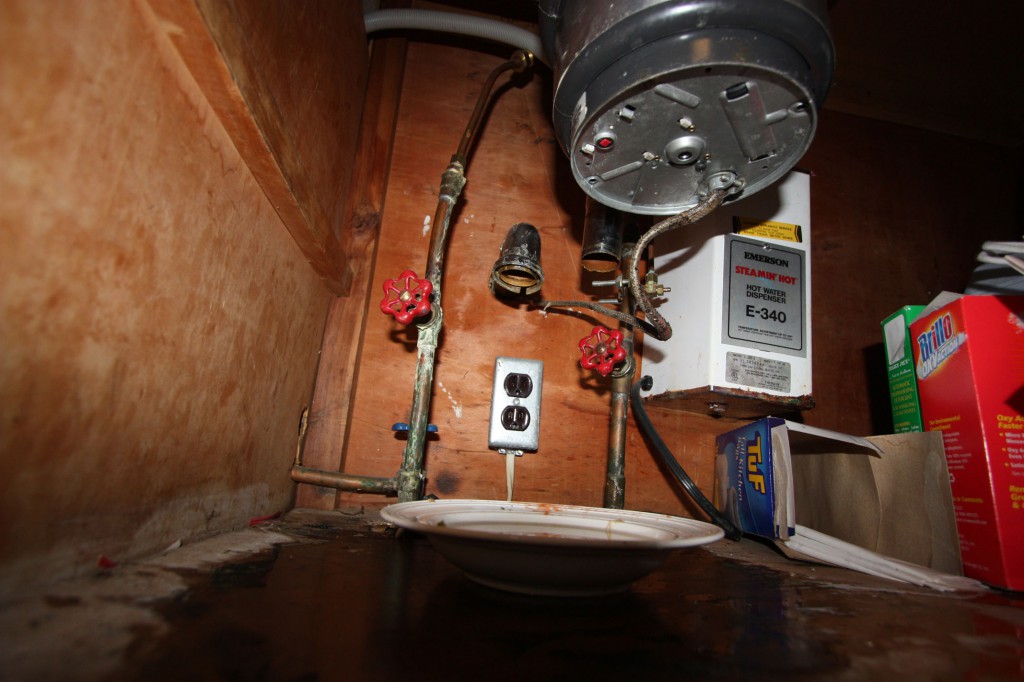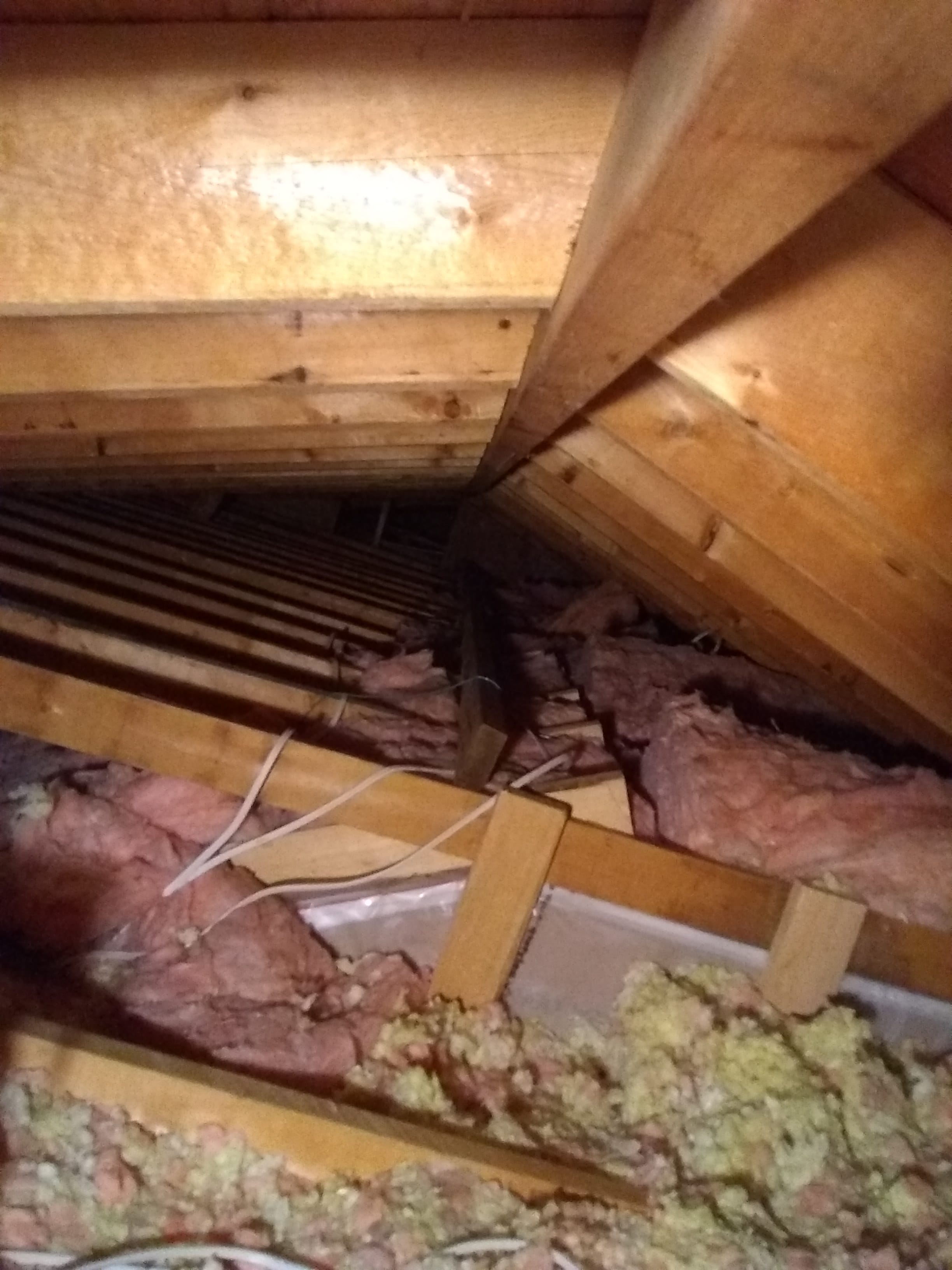If you have a kitchen sink faucet that's been leaking, you may be frustrated with the constant dripping and the wasted water. Not to mention, a leaking faucet can also lead to higher utility bills. The good news is, you don't have to call a plumber to fix the issue. With a few simple tools and some basic DIY skills, you can easily fix a leaky kitchen sink tap yourself. In this article, we'll walk you through the steps to fix your faucet and get it back to working like new.How to Fix a Leaky Kitchen Sink Faucet
The first step in fixing a leaky kitchen sink tap is to determine the cause of the leak. In most cases, the issue is with the faucet's O-ring, which is a small rubber ring that helps seal the faucet and prevents water from leaking out. Over time, the O-ring can become worn or damaged, causing the faucet to leak. To repair the leak, you'll need to replace the O-ring.How to Repair a Leaking Kitchen Sink Faucet
Before you begin, make sure to turn off the water supply to your kitchen sink. This can usually be done by turning off the shut-off valve under the sink. Next, gather your tools: an adjustable wrench, a screwdriver, and a new O-ring. Once you have everything you need, follow these steps: Step 1: Remove the faucet handle by using the screwdriver to loosen the screw and pulling the handle off. Step 2: Use the adjustable wrench to loosen and remove the packing nut that holds the faucet in place. Step 3: Remove the faucet stem and the O-ring from the assembly. Step 4: Clean the faucet stem and the O-ring with a cloth and some white vinegar to remove any buildup or debris. Step 5: Place the new O-ring onto the faucet stem and reassemble the faucet by following the steps in reverse order. Step 6: Turn the water supply back on and test the faucet to make sure the leak is fixed.DIY: Fixing a Leaky Kitchen Sink Tap
Aside from a worn O-ring, there are a few other common causes of a leaking kitchen sink tap. These include a loose or damaged valve seat, a worn out washer, or corrosion on the faucet parts. If you've replaced the O-ring and your faucet is still leaking, it may be best to call a professional plumber to determine the cause and make the necessary repairs.Common Causes of a Leaking Kitchen Sink Tap
If you're a visual learner, you may find it helpful to follow a step-by-step guide with images to help you fix your leaky kitchen sink tap. There are many resources available online, including videos and tutorials, that can walk you through the process and provide helpful tips and tricks.Step-by-Step Guide to Fixing a Leaky Kitchen Sink Tap
As mentioned earlier, the tools you'll need to fix a leaky kitchen sink tap are an adjustable wrench, a screwdriver, and a new O-ring. In addition to these tools, you may also need a pair of pliers, some white vinegar, and a cloth for cleaning. It's always a good idea to have these tools on hand for any future repairs as well.Tools You'll Need to Fix a Leaky Kitchen Sink Tap
Prevention is always better than having to fix a problem, and the same goes for leaky kitchen sink taps. To prevent your faucet from leaking in the first place, here are a few tips: • Regularly check and tighten any loose parts on your faucet. • Don't use excessive force when turning the faucet on or off. • Avoid using harsh chemicals to clean your faucet, as this can damage the parts. • If you notice any signs of wear or damage, address them immediately before they turn into a bigger issue.Tips for Preventing a Leaky Kitchen Sink Tap
If your kitchen sink tap is beyond repair, you may need to replace it entirely. This may be the case if the faucet is old, damaged, or if you're looking to upgrade to a more efficient and modern option. To replace your kitchen sink tap, you can follow the same steps outlined above, but instead of replacing the O-ring, you'll need to install a new faucet altogether.How to Replace a Leaky Kitchen Sink Tap
Aside from a leaky faucet, there are a few other signs that it may be time to replace your kitchen sink tap. These include: • Rust or corrosion on the faucet. • Consistent low water pressure. • Difficulty turning the faucet on or off. • Visible cracks or damage on the faucet.Signs You Need to Replace Your Kitchen Sink Tap
If you're not comfortable fixing your leaky kitchen sink tap yourself, or if the problem persists after attempting to fix it, it's best to call a professional plumber. They have the knowledge and experience to diagnose and repair any issues with your kitchen sink tap, ensuring it works properly and efficiently. In conclusion, a leaky kitchen sink tap may seem like a minor annoyance, but it can lead to bigger problems if not addressed. By following these tips and steps, you can easily fix a leaky faucet and prevent future issues. And if you need further assistance, don't hesitate to call a professional plumber for help.Professional Plumbing Services for Leaky Kitchen Sink Taps
Why Fixing a Leaking Kitchen Sink Tap is Essential for Your House Design

The Importance of a Fully Functioning Kitchen Sink Tap
 A kitchen sink tap is an essential fixture in any house design, providing access to clean water for cooking, cleaning, and drinking. However, when it starts to leak, it can become a major inconvenience and even lead to bigger problems if left unrepaired. Not only can it cause a significant increase in your water bill, but it can also damage your kitchen cabinets, countertops, and flooring. Hence, fixing a leaking kitchen sink tap should be a top priority in maintaining your house design.
Leaking Kitchen Sink Tap: A Common Household Problem
A leaking kitchen sink tap is a common household problem that can occur due to various reasons such as worn out washers, loose fittings, or a faulty valve. It may seem like a small issue, but it can quickly escalate into a major headache if not addressed promptly. The constant dripping of water can create puddles in your kitchen, making it slippery and hazardous. Moreover, it can also lead to the growth of mold and mildew, compromising the cleanliness and hygiene of your kitchen.
A kitchen sink tap is an essential fixture in any house design, providing access to clean water for cooking, cleaning, and drinking. However, when it starts to leak, it can become a major inconvenience and even lead to bigger problems if left unrepaired. Not only can it cause a significant increase in your water bill, but it can also damage your kitchen cabinets, countertops, and flooring. Hence, fixing a leaking kitchen sink tap should be a top priority in maintaining your house design.
Leaking Kitchen Sink Tap: A Common Household Problem
A leaking kitchen sink tap is a common household problem that can occur due to various reasons such as worn out washers, loose fittings, or a faulty valve. It may seem like a small issue, but it can quickly escalate into a major headache if not addressed promptly. The constant dripping of water can create puddles in your kitchen, making it slippery and hazardous. Moreover, it can also lead to the growth of mold and mildew, compromising the cleanliness and hygiene of your kitchen.
The Negative Impact of a Leaking Kitchen Sink Tap on House Design
 Apart from the practical inconveniences, a leaking kitchen sink tap can also have a negative impact on the overall aesthetics of your house design. The constant dripping sound can be annoying and disrupt the peaceful ambiance of your home. It can also leave unsightly water stains on your sink and countertops, making them look dull and unappealing. In addition, if the leak is not fixed promptly, it can cause damage to the surrounding walls and cabinets, requiring costly repairs and affecting the overall look and feel of your kitchen.
Fixing a Leaking Kitchen Sink Tap: A Simple Solution
Fortunately, fixing a leaking kitchen sink tap is a relatively simple and inexpensive task. You can either hire a professional plumber or try to fix it yourself if you have the necessary tools and skills. It usually involves replacing the worn-out parts or tightening loose fittings, which can be done in a matter of minutes. By addressing the issue promptly, you can avoid potential water damage and maintain the functionality and aesthetic appeal of your house design.
Apart from the practical inconveniences, a leaking kitchen sink tap can also have a negative impact on the overall aesthetics of your house design. The constant dripping sound can be annoying and disrupt the peaceful ambiance of your home. It can also leave unsightly water stains on your sink and countertops, making them look dull and unappealing. In addition, if the leak is not fixed promptly, it can cause damage to the surrounding walls and cabinets, requiring costly repairs and affecting the overall look and feel of your kitchen.
Fixing a Leaking Kitchen Sink Tap: A Simple Solution
Fortunately, fixing a leaking kitchen sink tap is a relatively simple and inexpensive task. You can either hire a professional plumber or try to fix it yourself if you have the necessary tools and skills. It usually involves replacing the worn-out parts or tightening loose fittings, which can be done in a matter of minutes. By addressing the issue promptly, you can avoid potential water damage and maintain the functionality and aesthetic appeal of your house design.
In Conclusion
 In conclusion, a leaking kitchen sink tap may seem like a minor issue, but it can have significant consequences on your house design. Not only can it cause practical inconveniences and damage to your kitchen, but it can also affect the overall aesthetics of your home. Hence, it is crucial to address any leaks promptly and ensure that your kitchen sink tap is functioning correctly. Remember, a well-maintained kitchen is an essential aspect of a beautiful and functional house design.
In conclusion, a leaking kitchen sink tap may seem like a minor issue, but it can have significant consequences on your house design. Not only can it cause practical inconveniences and damage to your kitchen, but it can also affect the overall aesthetics of your home. Hence, it is crucial to address any leaks promptly and ensure that your kitchen sink tap is functioning correctly. Remember, a well-maintained kitchen is an essential aspect of a beautiful and functional house design.

















/Bathroomfaucetleak-GettyImages-182691828-59d59e50d088c00010867f1e.jpg)

